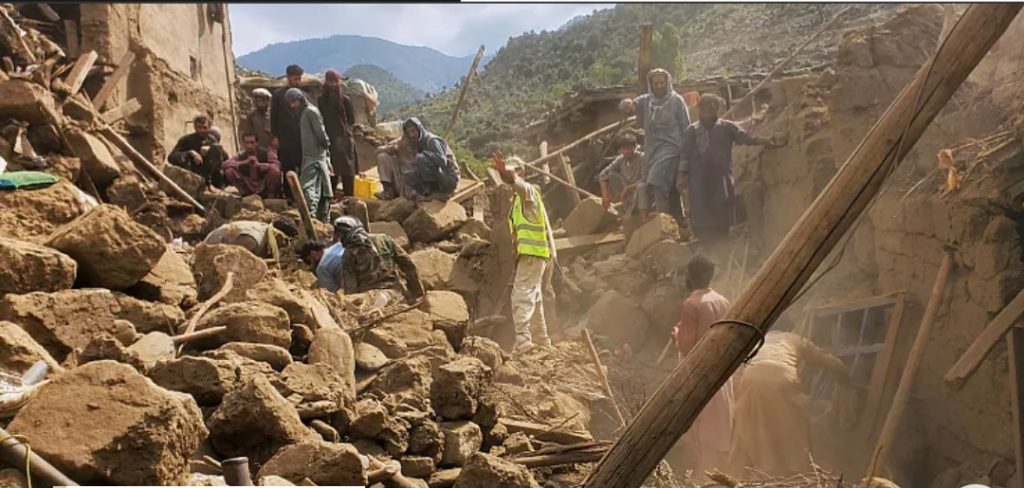
Esther Imonmion
Afghanistan was rocked by another powerful earthquake on Tuesday, just two days after a major tremor flattened villages in the southeast, killing more than 1,400 people and injuring thousands.
The 5.5-magnitude aftershock struck the same region devastated by Sunday’s 6.0-magnitude quake, sparking panic and fears of further destruction. Taliban officials said more than 3,500 people have been injured and over 5,000 homes destroyed.
Rescue operations remain perilous. Rough terrain and damaged roads have slowed relief efforts, forcing authorities to airdrop dozens of commandos to evacuate the injured from remote areas unreachable by helicopters. Survivors, meanwhile, continue to dig through the rubble of their homes with bare hands in search of loved ones.
The United Nations has pledged to “spare no efforts” to assist, though officials warned that funding levels are critically short. The UN refugee agency (UNHCR) has begun deploying emergency items from Kabul, including tents, blankets, and solar lamps.
International pledges of support are mounting. The United Kingdom and the European Union have each announced over $1 million in aid, with Brussels also sending 130 tons of emergency supplies. The United Arab Emirates, India, and China have also promised assistance.
This is the third major earthquake to hit Afghanistan since the Taliban returned to power in 2021. The disaster deepens a humanitarian crisis in a country already weakened by aid cuts, economic collapse, and mass deportations of Afghan refugees from neighboring Iran and Pakistan.
The Taliban government, recognized only by Russia, has appealed for urgent international help.
